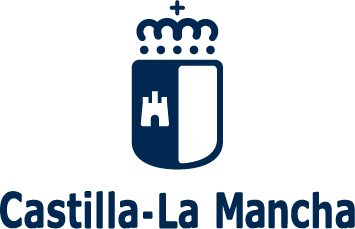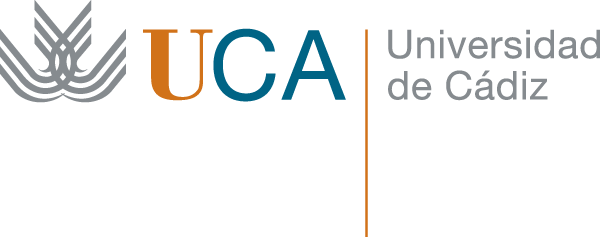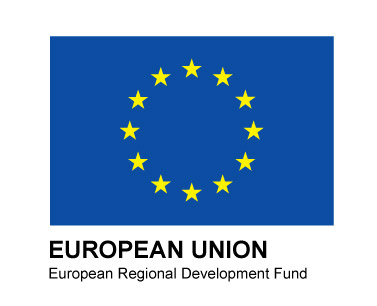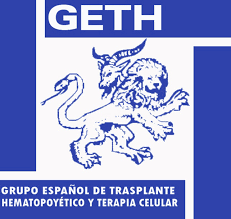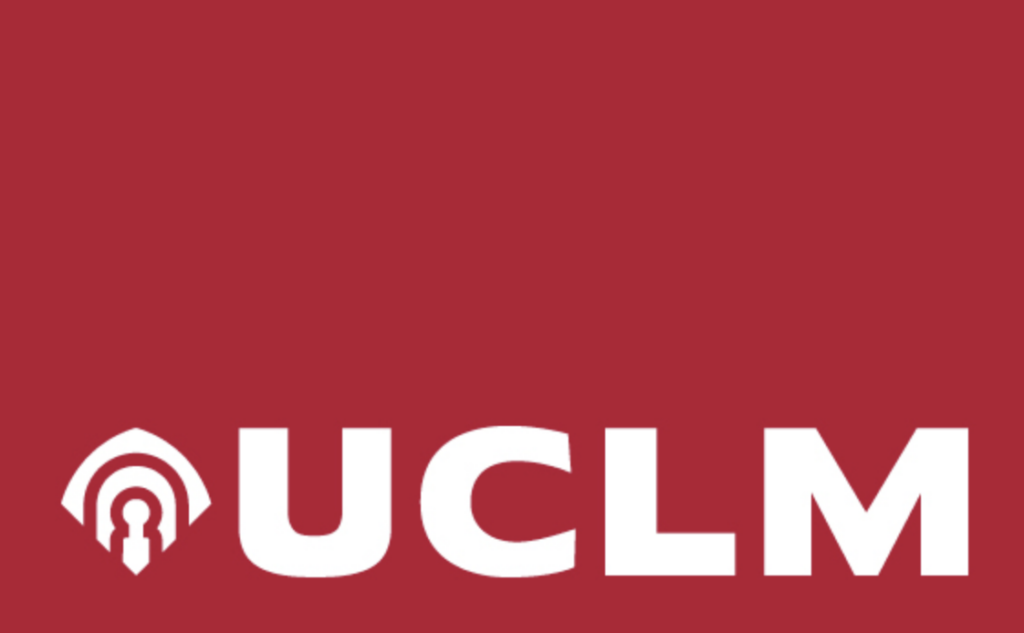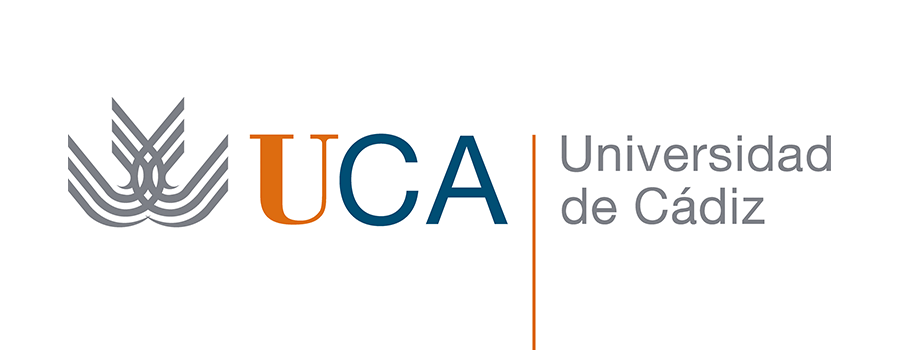Publication
Automatic computational classification of bone marrow cells for B cell pediatric leukemia using UMAP
Ana Niño-López, Álvaro Martínez-Rubio, Rocío Picón-González, Ana Castillo Robleda, Manuel Ramírez Orellana, Salvador Chulián & María Rosa
BioData Mining 18, 73 (2025)
MOLAB authors
Abstract
B Acute Lymphoblastic Leukemia (B-ALL) accounts for approximately 80% of pediatric leukemia cases. Despite treatment advances, 15–20% of children experience relapse, highlighting the need of improved monitoring of patients and novel strategies leading to successful therapies. Flow Cytometry is an essential technique for measuring residual disease and guiding treatment. However, traditional manual gating limits its efficiency. In recent years, computational tools have been integrated to enhance these clinical processes but many mathematical techniques are underexploited. Particularly, Uniform Manifold Approximation and Projection (UMAP), together with Machine Learning, provide promising approaches for analyzing large datasets. Mathematical tools and artificial intelligence offer new perspectives on these health problems, beyond the usual approach in biomedicine. We have exploited 234 samples from 75 B-ALL patients to develop an artificial intelligence-based algorithm that can improve patient classification and therapy decisions in different patient cohorts. This implies an advancement on the routine manual analysis of the disease progression, as we identify key subpopulations automatically, distinguishing patients’ bone marrow regeneration patterns, thus improving the prediction and prognosis of the disease.




